2 °c Wind speed: 9.5 km/h Precipitation: 15.5 % Cloudiness: 89 % Humidity: 86 mm Pressure: 15.5 mb
Foynes Flying Boat Museum
Main Street
Foynes
LK
Ireland
Description
The Foynes Flying Boat & Maritime Museum is a wondrous part of Ireland's history, strategically located at the Shannon Estuary in County Limerick. Instead of passive sightseeing, this museum focuses on flying boats and the maritime industry and allows people to experience timeless adventurous stories of unique and brave travels. The museum tells stories about the past, featuring historical flying boats that accentuated their grace and power while offering transcontinental luxurious trips to and across continents. While revealing the deep treasures of our flying past, it also displays the evolution of modern air travel, showing visitors how today's aviation world was constructed. Prepare to be hooked on those remarkable stories. You will gain a glimpse of this extraordinary period and wish to explore further.
Why Foynes? Perfect Spot for Flying Giants!
So, Foynes became a big flying centre back in the 1930s. Why there? Well, it had these lovely sheltered deep waters on the Shannon Estuary, and it was right on Ireland's west coast—perfect as a European end-point for the growing transatlantic flying boat services. These amazing planes—massive Pan Am Clippers and BOAC flying boats—were wonders back then. They were the top way to travel long distances. Think about it: proper planes that landed on water! No need for massive runways back then, which were still pretty rare for flights between continents. Foynes quickly became a really important link, the first stop in Europe for these early passenger and mail flights connecting America with Europe.
Wartime Drama: Foynes on the Frontline
The lovely history of Foynes got even more important during World War II. Ireland was neutral, so Foynes became one of the most vital key doorways for civilian flights between North America and a war-hit Europe. The tales from this time are full of excitement and importance. Just picture the strange mix of passengers arriving here: important people on secret missions, film stars trying to cheer people up, reporters, people escaping the war, maybe even a few spies! Those flying boats were proper vital lifelines, carrying mail, key people, and keeping communications open when other ways were too dangerous or cut off. The museum really shows this exciting time, making you feel like you are delving into what it was like when this little Irish port was suddenly a massive deal on the world stage.
A Warm Welcome: The Birth of Irish Coffee!
Amidst all the serious war stuff and amazing flying adventures, one of Foynes' most famous and lasting tales popped up—the invention of Irish Coffee! It's a brilliant Irish story, part folklore, part fact. The story goes that one freezing, wet night in 1943, a Pan Am flying boat heading to New York had to turn back to Foynes because the weather was awful. The passengers were tired, cold, and probably pretty fed up. Chef Joe Sheridan, who worked in the airport restaurant, decided they needed something special to warm them up. So, he brewed fresh coffee, chucked in a good slug of Irish whiskey, a bit of sugar, and floated some lightly whipped cream on top. Genius! When an American passenger asked if it was Brazilian coffee, Sheridan famously said, "No, that's Irish coffee!" It was an instant hit, and that brilliant new drink has since gone global, its simple start forever linked to the warm welcome they gave people at Foynes. This lovely story mixes with the bigger history of the place.
Step Back in Time: What's in the Museum?
Stepping into the Foynes Flying Boat Museum today does feel like being taken back to that golden age of flying. The museum itself is in the original airport terminal building, so the walls themselves hold hints of history. A massive highlight for most visitors is the full-size copy of a Boeing B314 Yankee Clipper flying boat. You can walk through it! Imagine seeing how roomy the cabins were (they often had proper beds and a dining room—posh!), the cockpit with all its old-fashioned dials, and thinking about those massive engines. Every exhibit tells a story: the carefully remade radio and weather room (you can almost hear the Morse code!), displays of old uniforms, luggage labels from far-off places, touching letters and photos from passengers and the brave early crews. There are often bits about famous people linked to Foynes, too, like Irish actress Maureen O'Hara, whose husband was a famous flying boat captain.
From Flying Boats to Jumbo Jets: How Flying Changed
The museum doesn't just look at the past; it cleverly connects the past and present. It gives you great insights into how flying changed and how that still shapes our world today. By showing the challenges and cool ideas of flying boat travel—like dealing with water take-offs and landings, early navigation, the sheer adventure of it—you get a real appreciation for the massive leaps in tech that led to modern air travel. The luxury of those old Clippers (like a five-star hotel with wings!) is a fun contrast to budget airlines today, but that basic human urge to cross oceans and connect with people is still the same. The museum shows how the adventurous spirit of Foynes helped pave the way for new ideas.
A Short But Sweet Era
The trip that feels timeless at Foynes is also a story of resilience. The flying boat era, for all its glamour, didn't last all that long. After WWII, quick improvements in land-based planes (with longer ranges and using new airports like nearby Shannon) soon made those amazing flying boats old-fashioned for crossing the Atlantic. Foynes's big moment as an international airport faded. But the legacy of those amazing years was too important to forget. Setting up the museum made sure this unique chapter in aviation history was saved and celebrated.
Why Foynes Still Wows: A Unique Story
So, to sum up, the Foynes Flying Boat & Maritime Museum offers a uniquely gripping experience. It helps you find out the secrets of a glamorous and really important time, letting the tales of brave adventures and new ways of travel come alive again. It's a place where hints of history—from massive flying boats and wartime secrets to the lovely story of Irish Coffee—mix with impressive exhibits and the beautiful Shannon setting. The museum truly connects a fascinating past with an appreciative present, leaving visitors understanding the tough bits and the big successes of early transatlantic flight. The lasting impression is one of wonder for those amazing machines, admiration for the brave crews, and a real appreciation for this lovely part of Ireland's role in the story of flight.
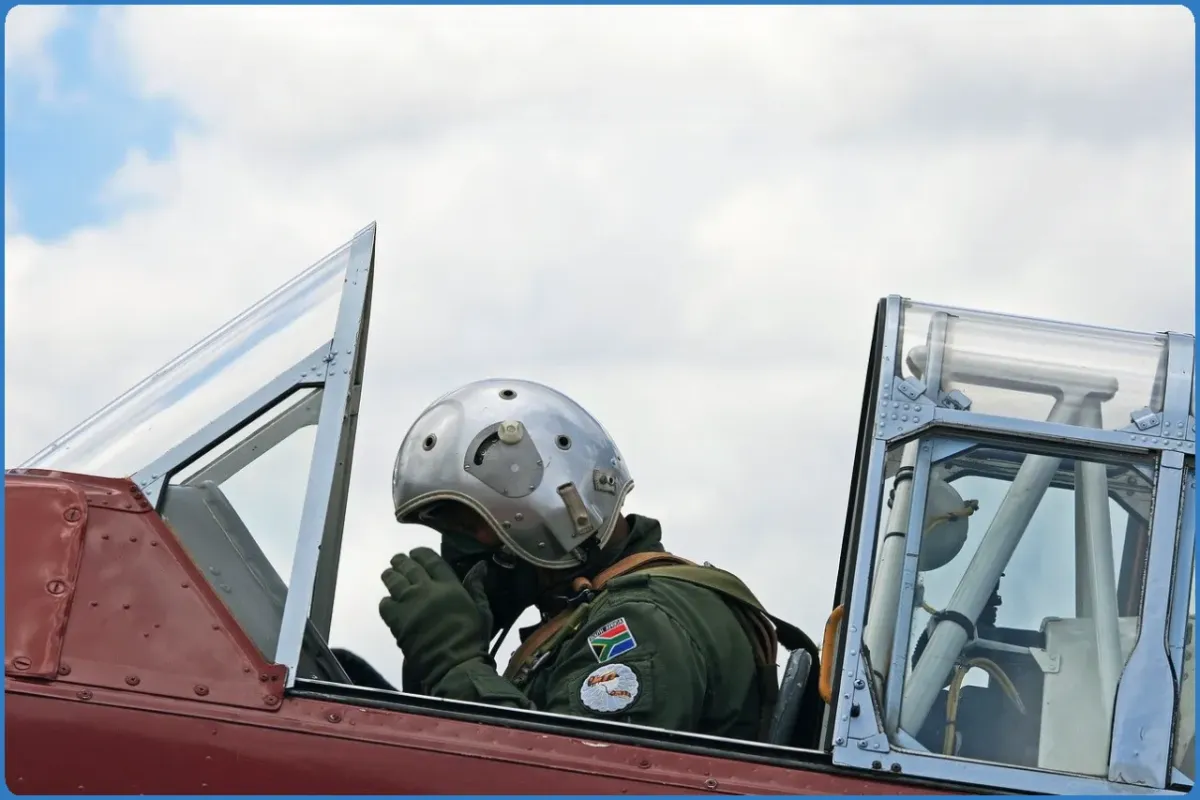
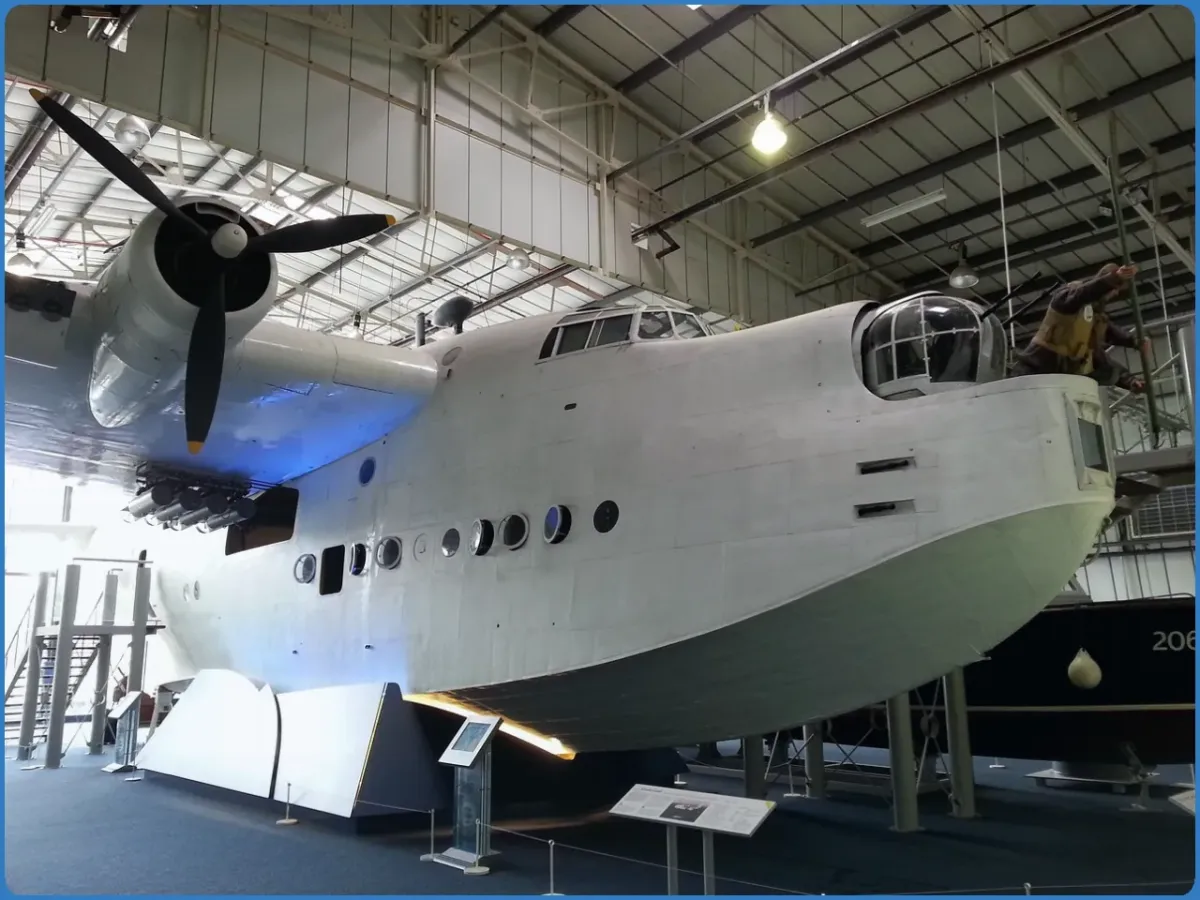
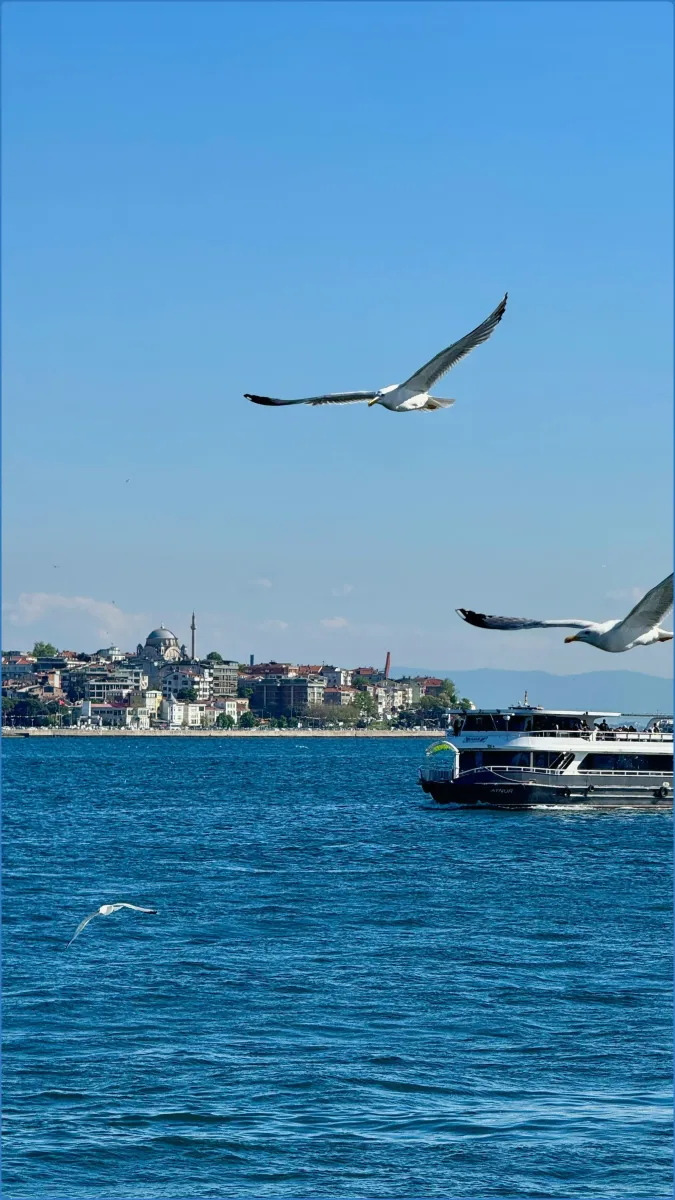
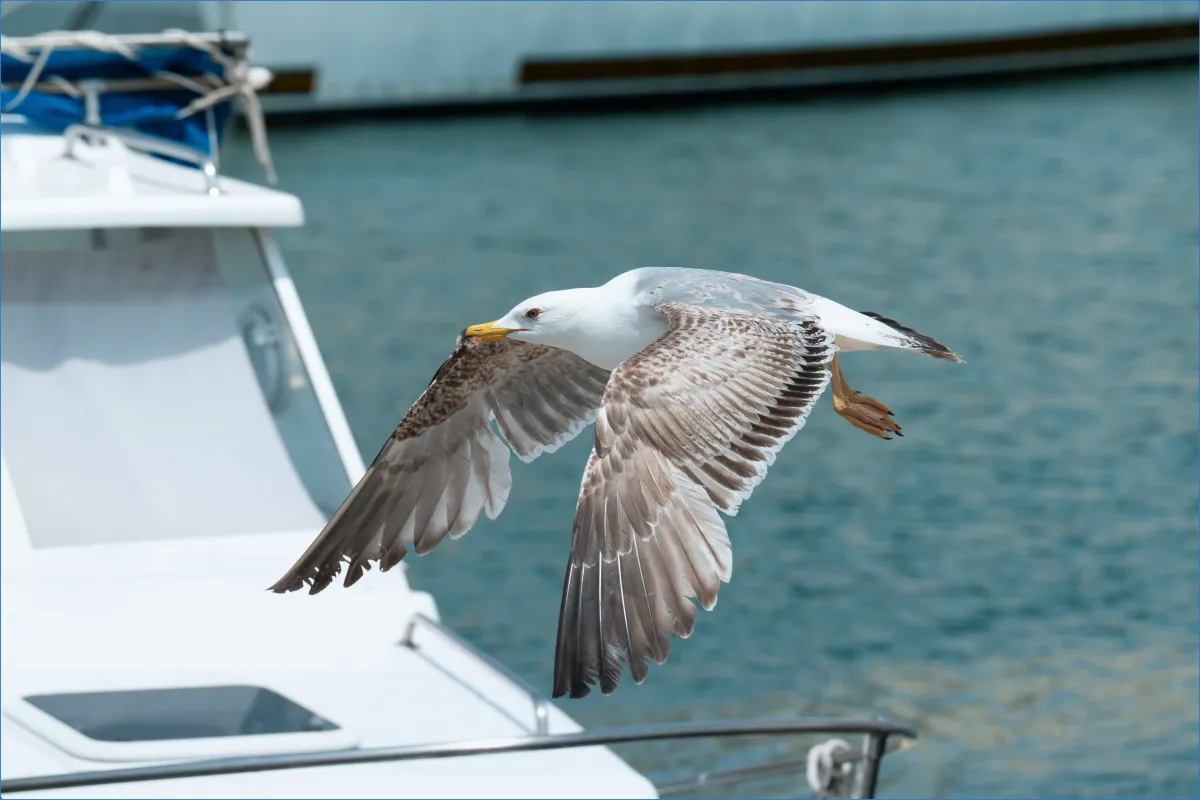
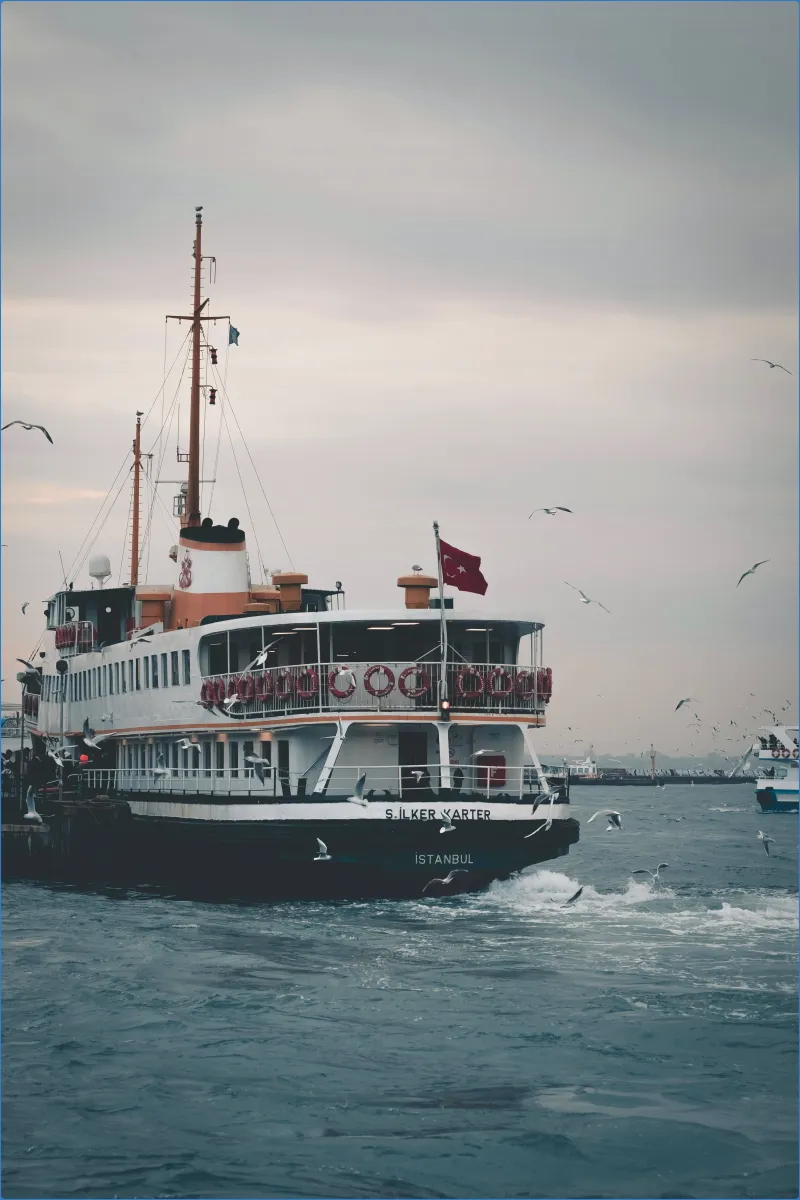
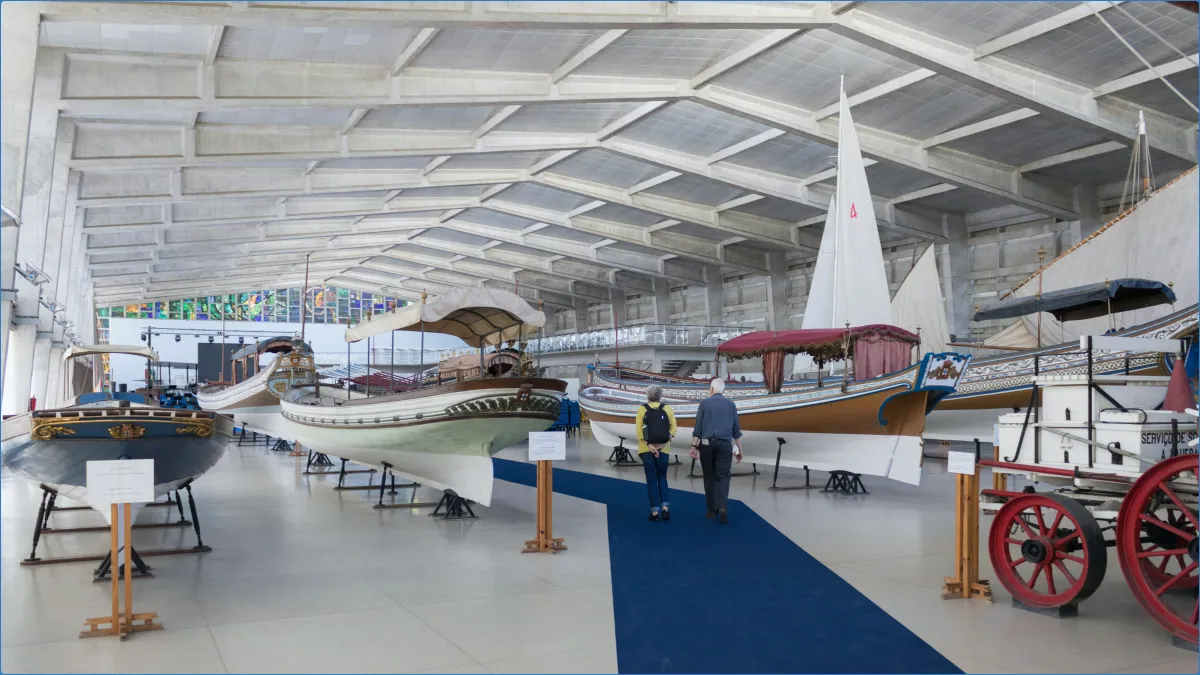
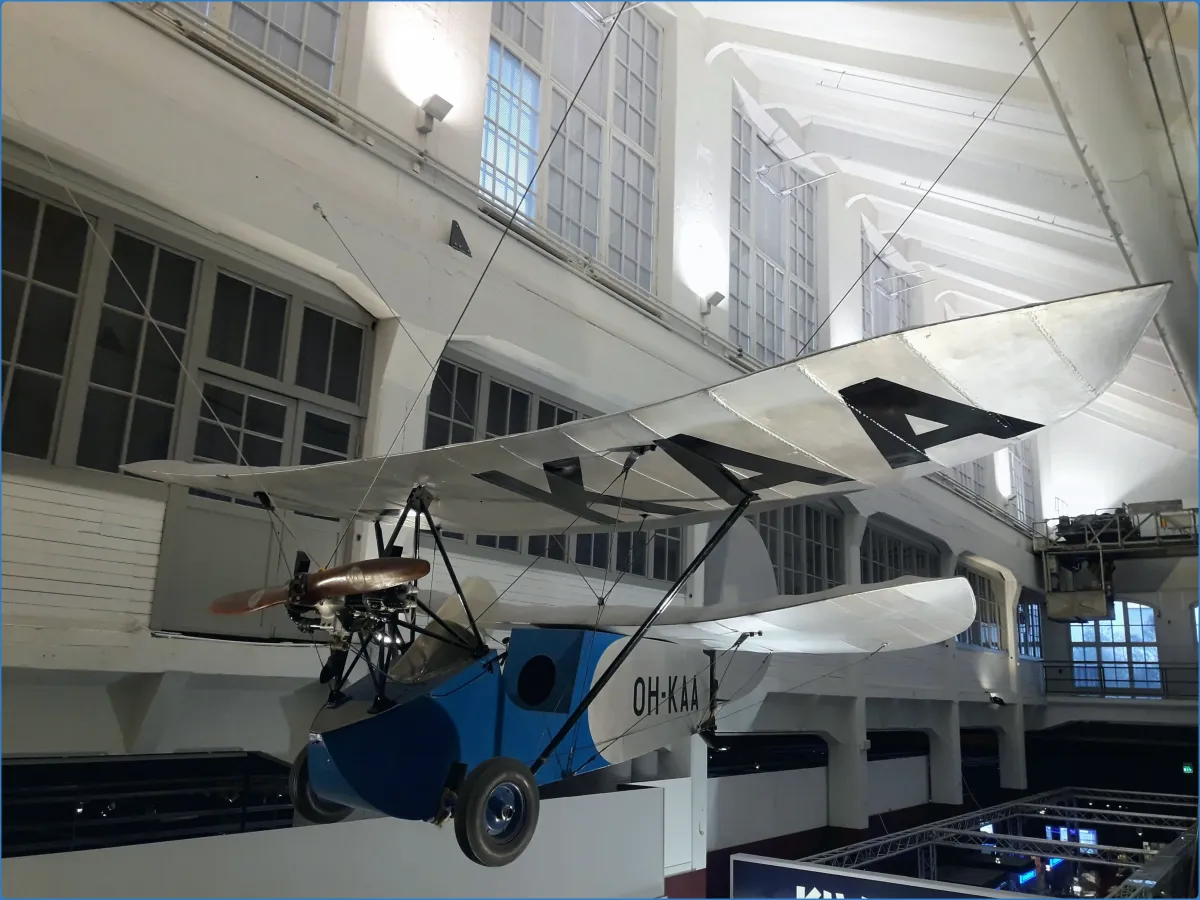
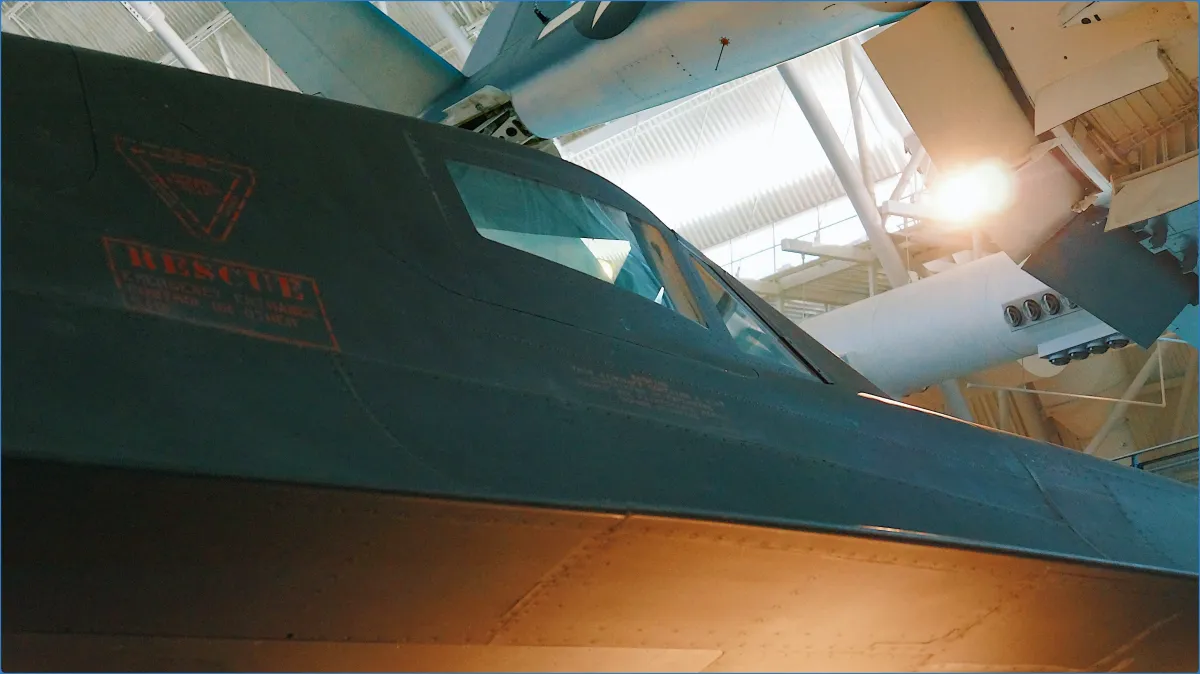
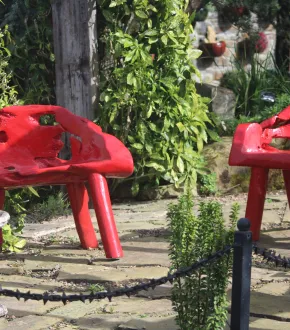
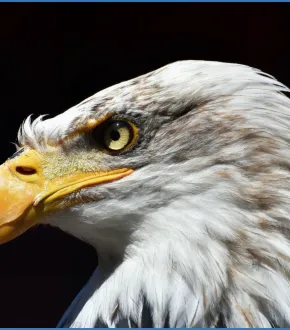


Comments